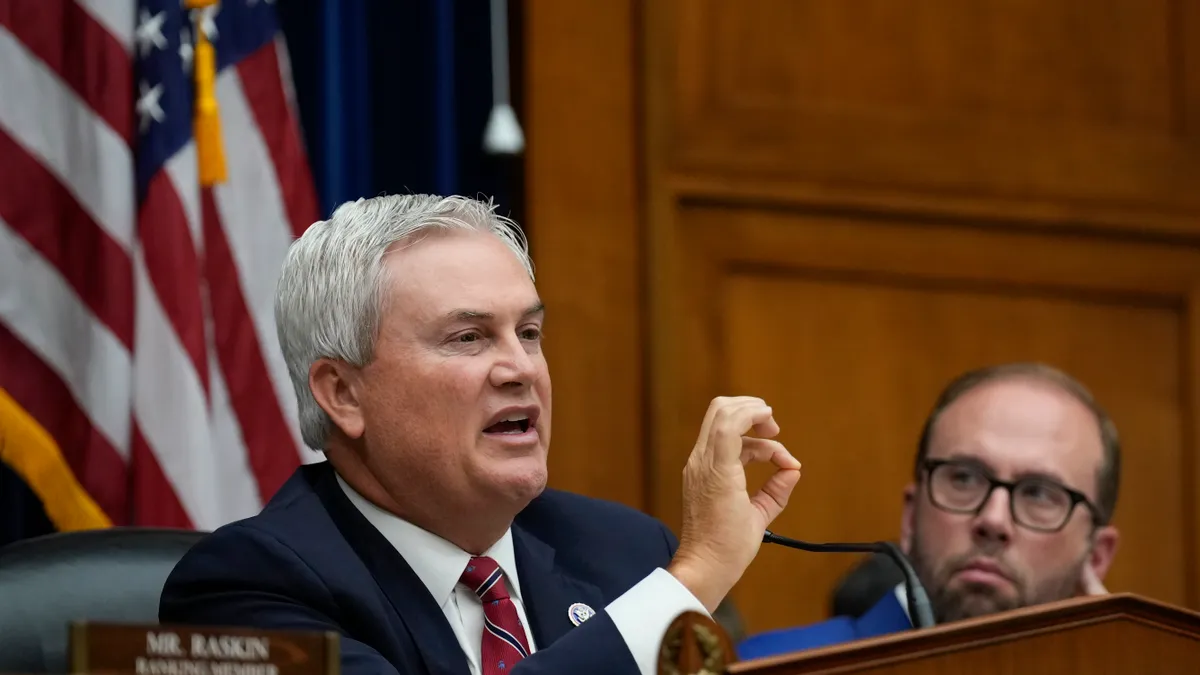The following is a guest post from Christina Simeone, director of policy and external affairs at the Kleinman Center for Energy Policy at the University of Pennsylvania.
Everyone is paying attention to important legal, political, and market design questions about the intersection of competitive electricity markets and state-based subsidies.
Meanwhile, the topic of governance – the system by which regional transmission organizations (RTOs) and independent system operators (ISOs) engage their diverse and often divergent stakeholders to collaboratively develop market rule change proposals to FERC — has been underexplored.
At FERC’s recent technical conference on state policies and competitive markets, Acting Chair Cheryl LaFleur echoed comments about the RTO/ISO stakeholder process as a market design mechanism, asking if there something FERC should be doing differently.
A new report from the Kleinman Center for Energy Policy at the University of Pennsylvania found PJM Interconnection’s stakeholder process to be remarkably effective in delivering stakeholder compromise when issues are less contentious.
Not surprisingly, however, the process doesn’t work as well on the smaller volume of highly controversial issues, such as issues related to high financial stakes and allocation of costs and benefits among stakeholders (e.g. generators, end use customers and transmission owners).
Unfortunately, the rapid and unprecedented evolution of PJM’s market environment – as a result of low priced natural gas, capacity market design controversies, flat load growth, increasing renewable energy mandates, and growing financial transmission rights (FTR) trades volumes – is raising these highly contentious issues.
The stakeholder system is falling short at exactly the time collaboration and compromise is needed to help guide the markets.

That means the stakeholder system is falling short at exactly the time collaboration and compromise is needed to help guide the markets through this upheaval. Examples of stakeholder process shortfall include negotiations over the capacity performance rules and efforts to address FTR revenue adequacy. And when the stakeholder process falls short, the likelihood of protracted litigation or FERC-imposed solutions increase.
Longstanding tensions have existed between classes of stakeholders – such as, sellers and buyers (who want high and low prices, respectively), among asset owners and non-asset owners, and between incumbents and new market entrants. When the process breaks down on high stakes issues and outcomes benefit certain collective parties – for example, when the capacity performance rule largely benefitted incumbent, asset-owning sellers – it raises concerns about power balance and fairness.
Part of the problem is that the governance system – which in PJM is controlled by the stakeholders - hasn’t evolved along with the markets. Given that self-interested stakeholders are unlikely to support rule changes that would reduce their influence, FERC should step in to require regular and periodic RTO/ISO governance evaluations and reforms.
The governance system has to enable, not inhibit, market competition and, if needed, operational evolution.
In PJM, the core process is strong. Most of the opportunities for improvement have to do with fairness – ensuring the system doesn’t favor one or more entities compared to others. Evidence of incumbent advantage should be examined – for example, lack of transparency on how parent companies exercise influence through affiliate companies – and ameliorated.
In addition, an analysis of power dynamics among stakeholder groups is suggested, for example, to ensure new, less powerful entrants can meaningfully navigate power differences. Also, stakeholder voting groups (i.e. sectors) must accurately reflect the current characteristics of stakeholders in the market. For example, many new market entrants – like demand response and renewable energy – vote within traditional load or generation sectors, diluting their unique voice in the process.
Transmission owners ... have the greatest degree of accountability over PJM because their participation in the system is necessary, yet legally voluntary.

More broadly, the fundamental RTO organizational construct also raises questions about bias.
The deep body of research on quasi-governmental organizations – which is one way to define a RTO/ISO – identifies benefits and drawbacks of this organizational construct. Meaningful to fairness, different stakeholders have unequal levers of accountability over the RTO/ISO. For example, compared to other market participants, transmission owners (some of which also own generation and distribution assets) have the greatest degree of accountability over PJM because their participation in the system is necessary, yet legally voluntary.
In addition, compared to a traditional government agency, it is less clear how the “public interest” is defined, balanced with, and protected over private interests. While FERC requires RTO/ISO’s to be independent from participants in their markets, it is unclear if there are provisions in place to identify and correct for self-interested behavior by the RTO/ISO, which is largely thought to benefit incumbent firms. For example, what types of evaluations should be put in place to regularly assess the RTO/ISO’s organizational culture, to ensure it does not create biases that favor resources with certain operational characteristics or ability to adhere to pre-existing software models.
Most relevant to contemporary debate over state subsidy policy in PJM is that states do not vote in the stakeholder process.
RTO/ISOs make decisions on market rule changes that range from theoretical market efficiency to pure stakeholder politics. Legitimacy of the organization and its markets depends on finding a workable balance within this range. While some stakeholders may have different levels of “power within” the markets, states can have “power over” these markets by passing legally-acceptable policy. And, state policy is ever-changing with political cycles. For multi-state RTO/ISOs, its seems the most influential stakeholders to involve in the process are elected state policymakers.
The question for PJM is not should the states be more involved, but what is the best method to enhance state participation in the process? For states, the question is, why aren’t you seeking to be more involved in the stakeholder process?
RTO/ISO governance is a nascent field of democracy. It is possible that no amount of stakeholder process reform can foster agreement on the issues facing PJM and other RTO/ISOs. Litigation with attendant market-crushing uncertainty and delay is likely inevitable. But perhaps now or in the near future – given the rapid and unprecedented changes in the market - a more creative and productive way forward can be developed?
PJM is a leader among its peers – from stakeholder engagement to market operations – making it uniquely positioned to discover such a path.





















